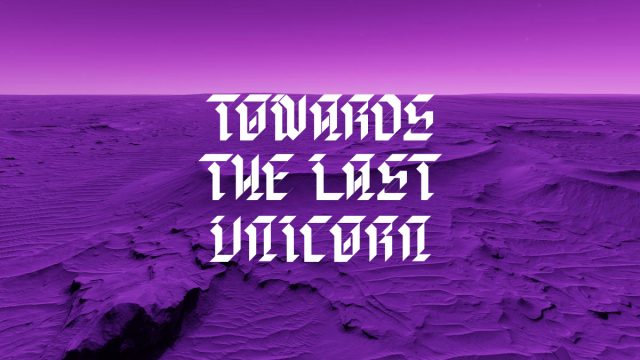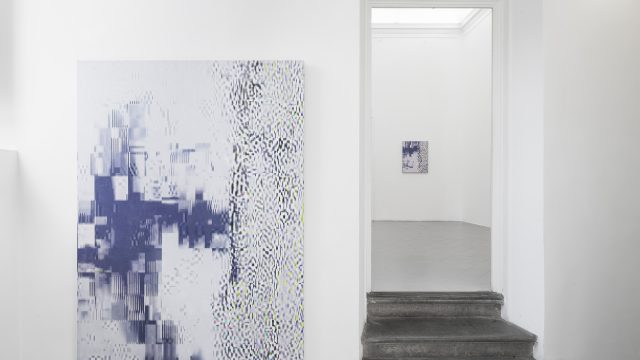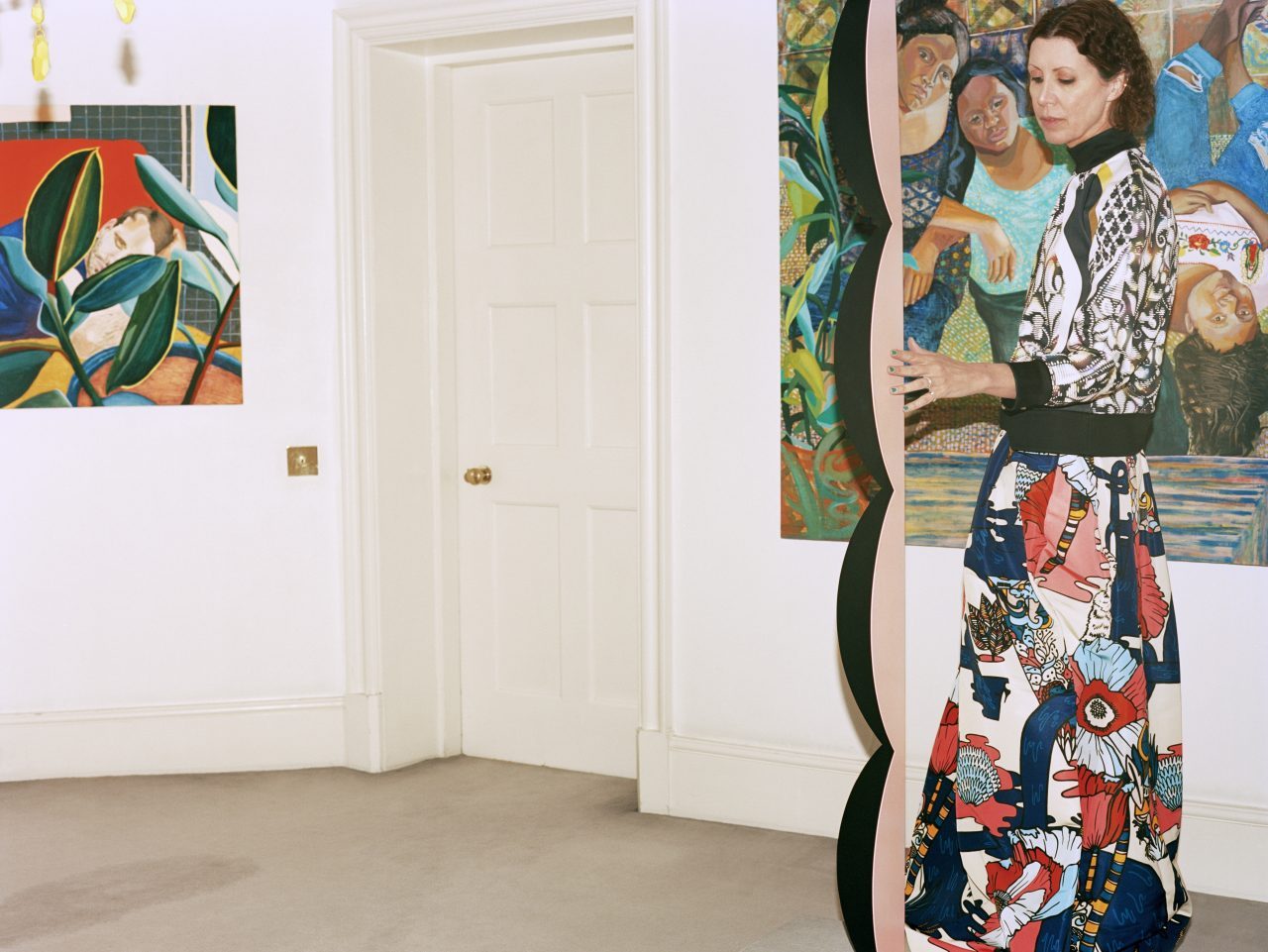
Photography: Mathilde Agius
Giorgio Galotti: I have been following your research for a few years, but I was never able to discover what your starting point was. Why did you start collecting art and when?
Valeria Napoleone: I was born as a collector in New York after having trained there and obtained a degree in journalism from New York University and then I did my graduate studies at the Fashion Institute of Technology (FIT) in New York in Art Gallery Administration. In the 90s in New York, it was easy to be in touch with the art world. While working on my Masters, I was intrigued and I started to study for two years without stopping, without buying anything, but as a mere spectator with the intention of knowing this world as much as possible. During those years a movement was formed called “The Picture Generation,” which included some women like Barbara Krueger and Cindy Sherman, interested in re-elaborating the image. This process fascinated me a lot, and I identified myself with it. Also, until that time I had always heard of movements started by men, such as minimalism, and I did not understand why the gender difference, male or female, could dictate the rules of the quality of a work or a mind.
So after two years of full immersion and meetings with professionals, dealers, curators, and artists, in 1997 I felt that my passion was mature enough to buy the first work. It was by an artist totally unknown today, Carol Shadford, who reflected exactly that period of mine, a work which I considered suitable to start a journey with female artists, who, until then, had never been involved on a wider stage.
GG: Normally the process of acquiring works of art can evolve year by year, especially with regard to the possibility of commissioning a new work rather than acquiring something that already exists. What interests you the most in this process?
VN: Contact with artists has always been very important for me, and even today I do not think I can live without it. The purchase of a work is the germinal moment of the relationship as it is obviously the gateway to the vision of an artist, but what interests me most is being part of the path and growth of an artist. This is why over the years my way of seeing has been aligned with the vision of the artists who have involved me in their creative process, talking to them continuously and sharing with them emotions and projects. Many artists, as well as gallerists or curators, are often at my house. I try to be always available in completing their projects through a constant relationship, either in a practical sense, supporting a production or putting them in touch with those people who can develop their project, or in an intellectual sense, carrying on a continuous dialogue with them.
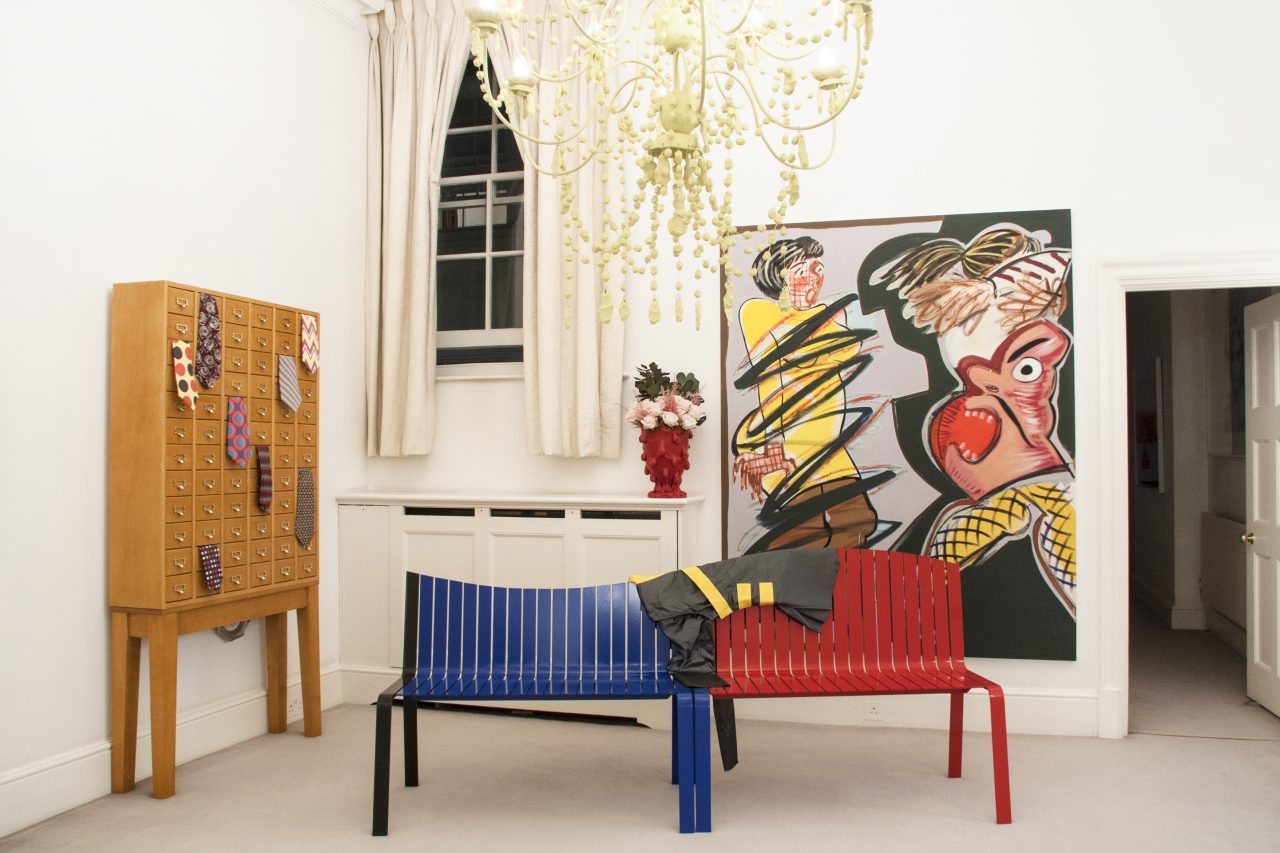
photography: Mariona Otero, The Approach
GG: Some of the collectors I know follow art or acquire works of art to complete their private life. Some others live for art, supporting the same artist for a lifetime. What kind of collector are you?
VN: My journey as a collector is a journey as a “patron” along with many people but above all with artists, so I am totally involved in their life as they are in mine as an exchange of support and collaboration. Having access to the most beautiful works is often the result of an ongoing relationship with artists, curators, and gallery owners, and it creates a circuit of exchanges, that is the thing that interests me most in life.

photography: Oliver Holms
GG: Regarding this, I’m personally fascinated by ”Project for door (After Gaetano Pesce)“ by Anthea Hamilton, created for the Turner Prize. I know you supported the creative process of the work, but what I don’t know is in which phase you got involved in it, whether at the moment of creation or at the most practical moment in the production phase of it. Can you tell me more about that?
VN: That project was definitely born with me, as it arrived at the same time I was carrying out a project with the Sculpture Center in New York to support an exhibition program of works of female artists through my platform called “Valeria Napoleone XX.” The museum was interested in presenting Anthea Hamilton, an artist I have known for a long time and who I consider to be sensational. I was struck by the courage of this institution to offer a woman, not American, of African origin, not represented by galleries, the opportunity to exhibit at a crucial moment of the year for an institution: the opening of the season in September. So I presented the opportunity to Anthea. From that moment the project was born starting from a person whom I had known very well and whom Anthea was interested in meeting. He was Gaetano Pesce. We made an appointment with him for a studio visit where Gaetano spoke to her about a “figurative architecture” project of the ’70s that he had never been able to create and that he would gladly offer to Anthea for the composition of a work. I enthusiastically embraced the possibility of supporting a production like this for the Sculpture Center. From there she was nominated for the Turner Prize, where this would be the central work, and later for the Tate Britain exhibition.
GG: Let’s talk about the female process. As you know, at the present time the film Industry is characterized by scandals around male power; the same is happening in the art system. Do you think there is a need to affirm the role of women in 2018, or are we only in a phase of completion of a process that has already been going on for some time?
VN: Power, in general, has always been in the hands of male figures because of historiographical questions as we well know, and I believe that what came out is only a small beginning. There is still much to be done for female emancipation, in this system as well as in other systems of power. Many female artists are still very undervalued, especially in the market. The woman artist has always had great limitations because in the past you couldn’t be an artist if you wanted to have children or a family life, and even if you already had a family and you wanted to be an artist, nobody was interested in that.
Today we finally see some women playing important roles in important institutions, but it would be nice to see women even in charge of smaller ones on a larger scale or making a career in a system that should be more open instead of one that distinguishes the quality of a person based on gender.
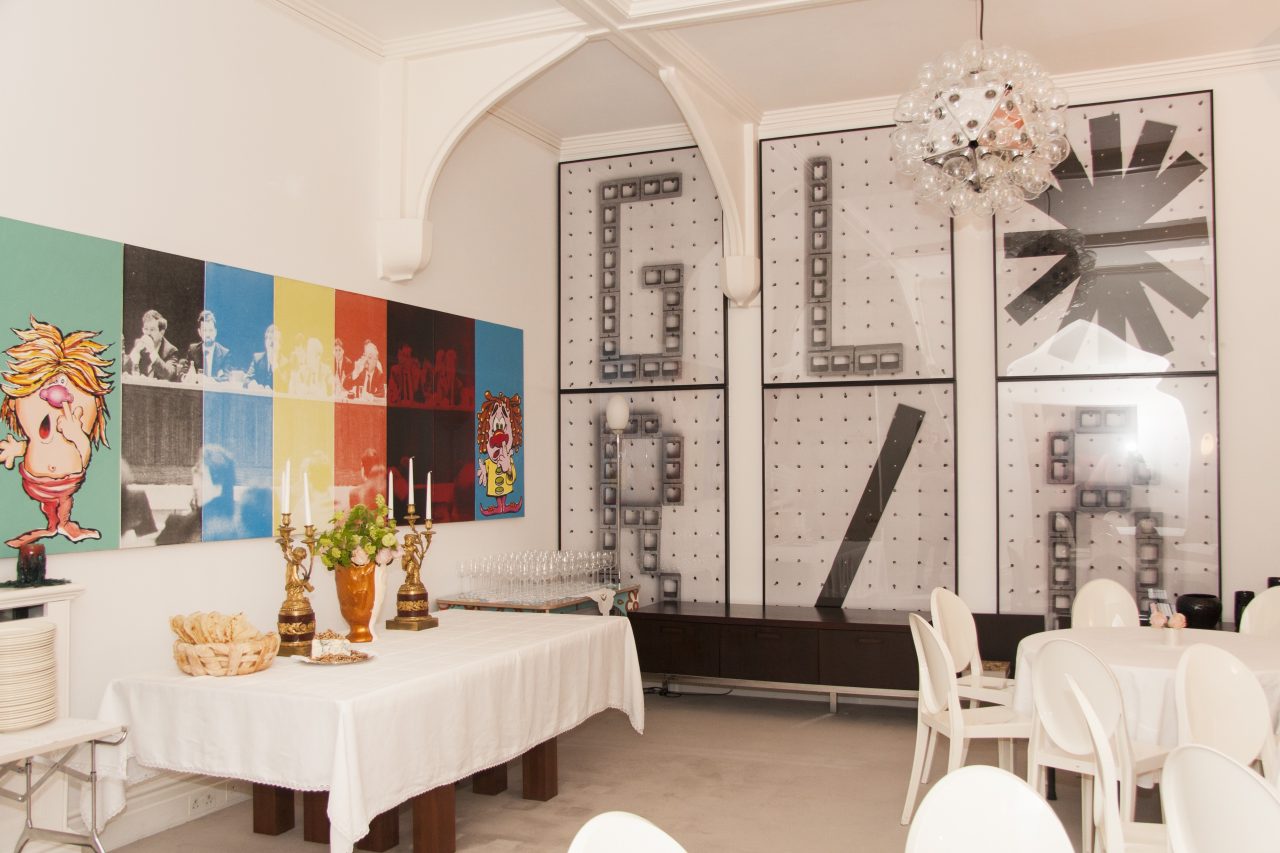
Photography: Mariona Otero.
GG: What is your opinion about the exponential increase in the number of contemporary art fairs? Do you think that the art world needs this ample number of events, or do you believe that this system is reaching a level of saturation?
VN: The art market is certainly very problematic in terms of management. Furthermore, in recent years the growth of market demand has generated the interest of people who until now have not been interested in contemporary art to invest their money. Many of these people have large amounts of capital available, but it doesn’t mean that they know the right way to spend it. What happens today is that, due to our unclear logic, several very talented artists are set aside to give space to artists of little talent. This creates confusion and distraction especially regarding the quality of the artworks, the talent of an artist, and the education of a collector.
I am in favor of good art fairs, but today there are too many. Fortunately, those who are educated know which to attend and which not to; what remains, however, is like a false vision of reality.
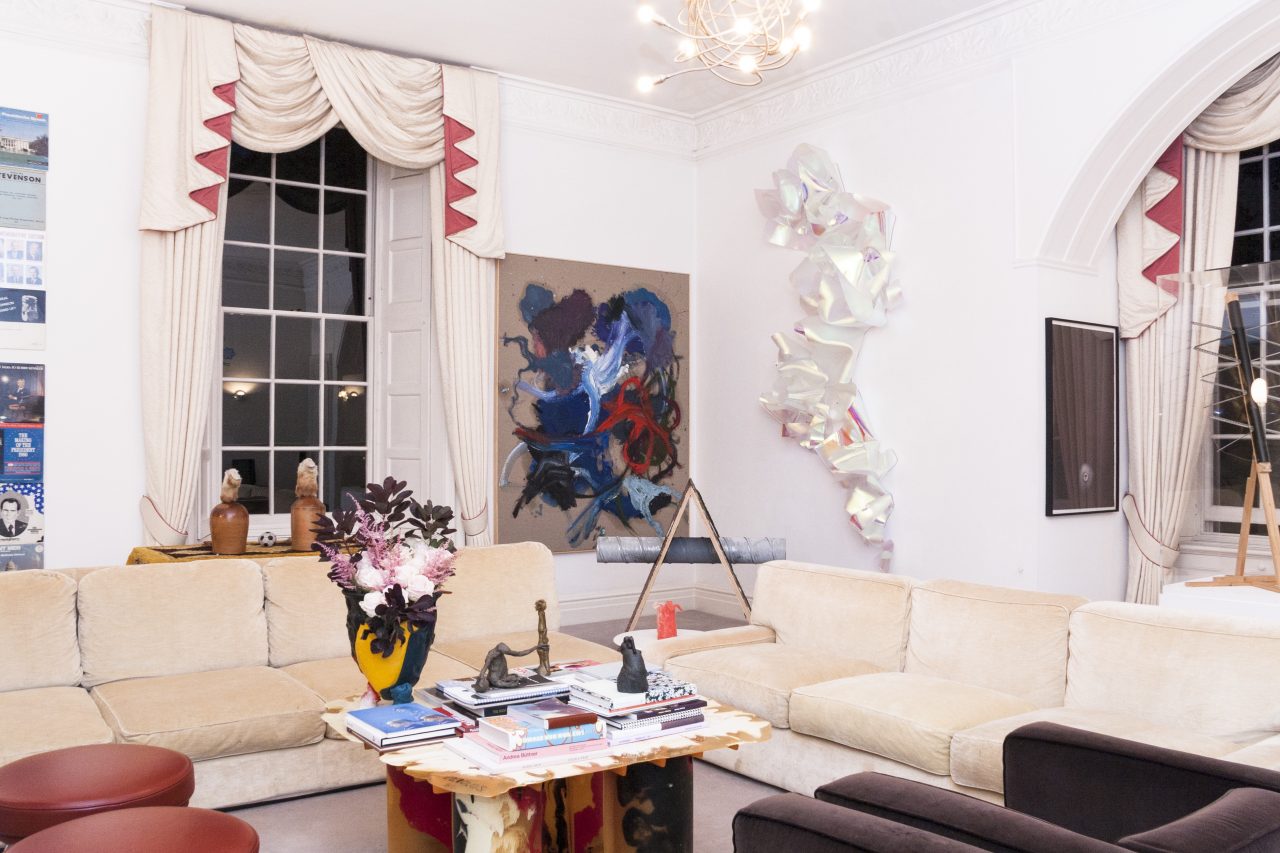
photography: Mariona Otero
GG: From this year Frieze New York no longer requires exhibitors to have a physical gallery space to apply to the fair. What about the future of art galleries? Do you think that galleries still need a physical venue producing exhibitions the whole year, or that the high number of biennales, festivals, awards, and museums could start to play a more important role also on the commercial side?
VN: I firmly believe that there are no alternatives to the art gallery if you are part of the “art world” and not the “art market.” For this reason, we need to make a distinction between the “art market” and the “art world.”
I belong to the art world. That is a world of artists, curators, and gallerists who work endlessly together to support talents who very often struggle in the current market. The art market is a “place” I am not very active in, as it is mainly about buying and selling and mostly secondary market. It is the world of auctions and dealers, which has become very speculative in the last few years.ars.
Today the art market and the art world have merged, and this shift of values and attention leads the galleries, especially those of medium size, to have major management problems as they are forced to do more fairs to be more competitive. Furthermore, even if they see fewer and fewer people entering the gallery, they can’t close, so they set up a light gallery program to respect the exhibition calendar and work mainly on that.
Moreover, this “short term” vision leads the galleries to give more importance to uneducated collectors who quickly buy a work at a fair, allowing galleries to pay the costs and forming shallow collections made up of works bought in a hurry between one fair and another. This is a direction that I do not support.
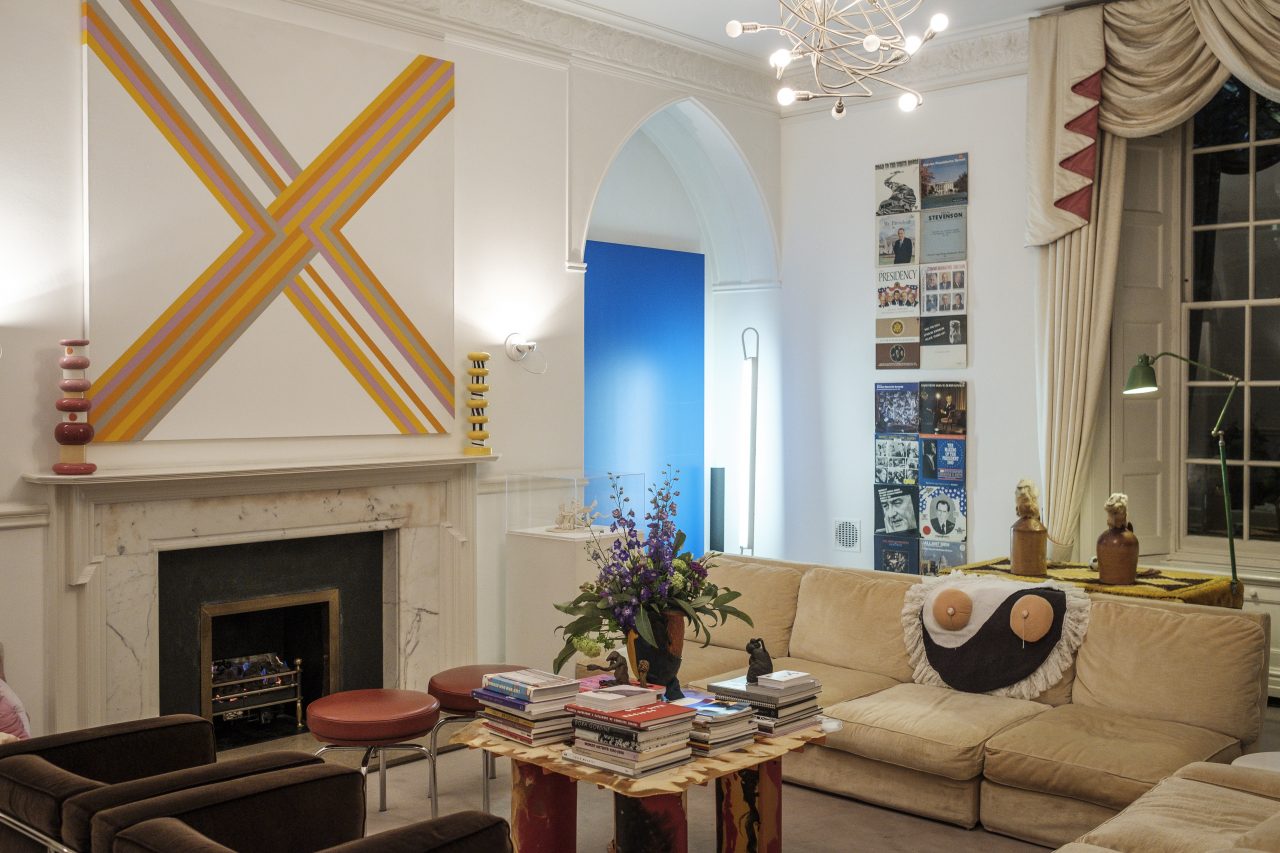
photography: Oliver Holms
GG: We are the offspring of the web era. What’s your approach to the web? Have you ever used the internet to contact an artist or to buy an artwork?
VN: I do not buy works that I do not see in person, so regarding the use of internet in this sense, I can tell you with certainty that it has not changed my habits. As for the use of the Internet to stay in touch with the artists and with the people who can send material from their desk to mine, I think this, of course, is very helpful.

GG: Would you like to share with us the names of some emerging artists who interest you or whom you recommend to follow?
VN: Yes, I would like to share artists I follow, such as: Judith Hopf, Ndidi Emefiele, Anthea Hamilton, Grace Weaver, Elaine Cameron-Weir, Rochelle Feinstein, Aliza Nisenbaum, Lucy Kim, Lily van der Stokker, Anna Uddenberg, Silke Otto-Knapp, Nancy Dwyer, and Karen Sylvester.
GG: What is your most recent acquisition?
VN: Two artworks by Karen Sylvester made in 1990.
Interviewed in February 2018 by Giorgio Galotti

